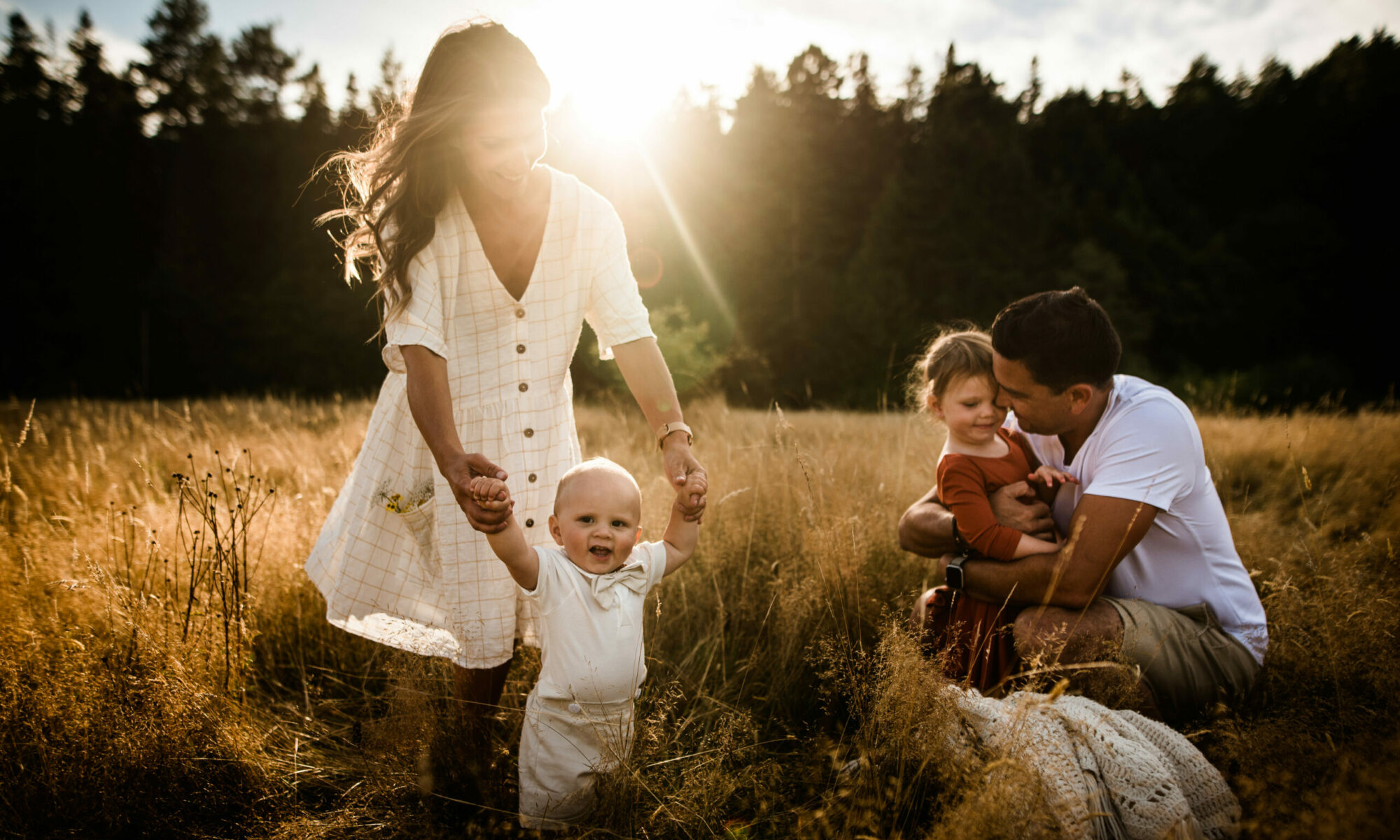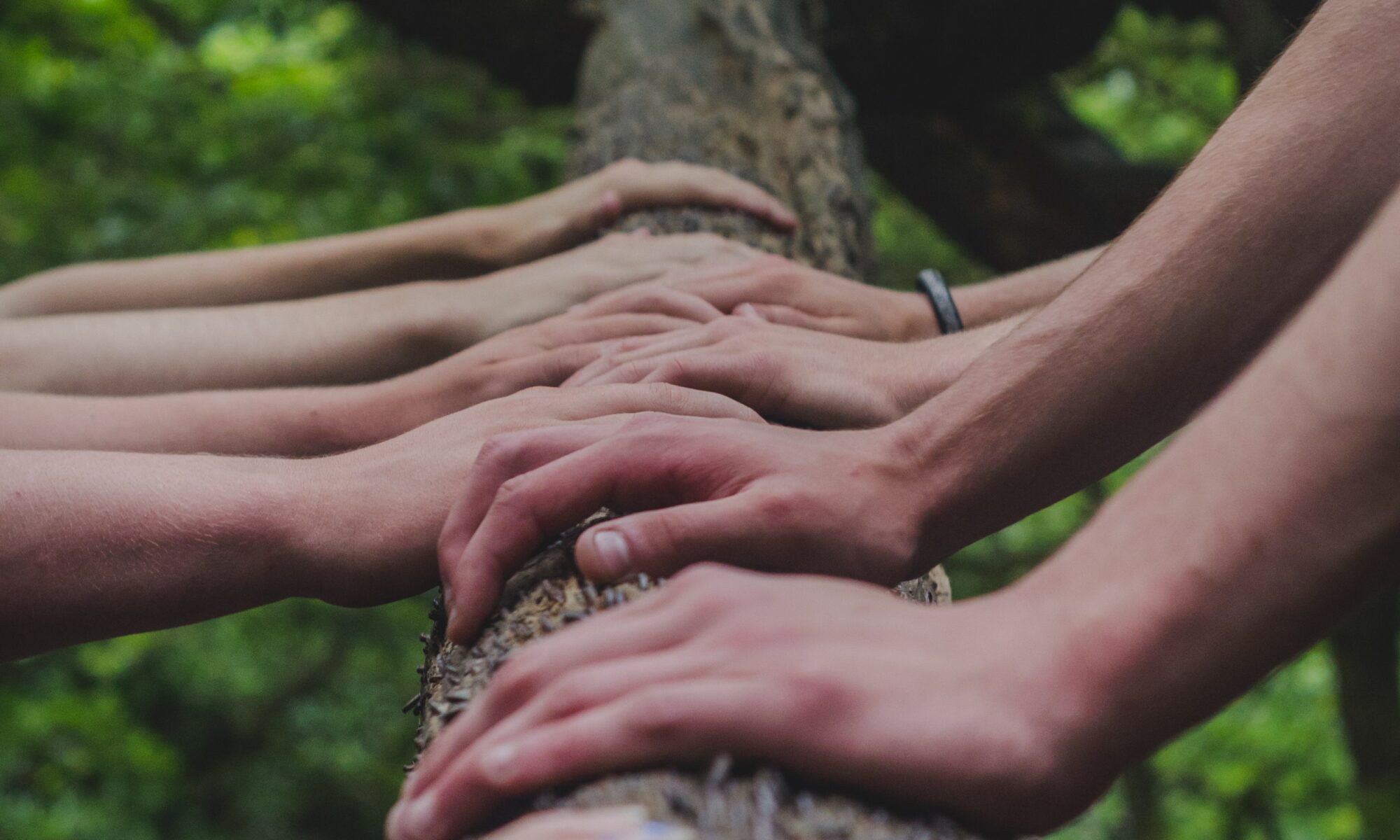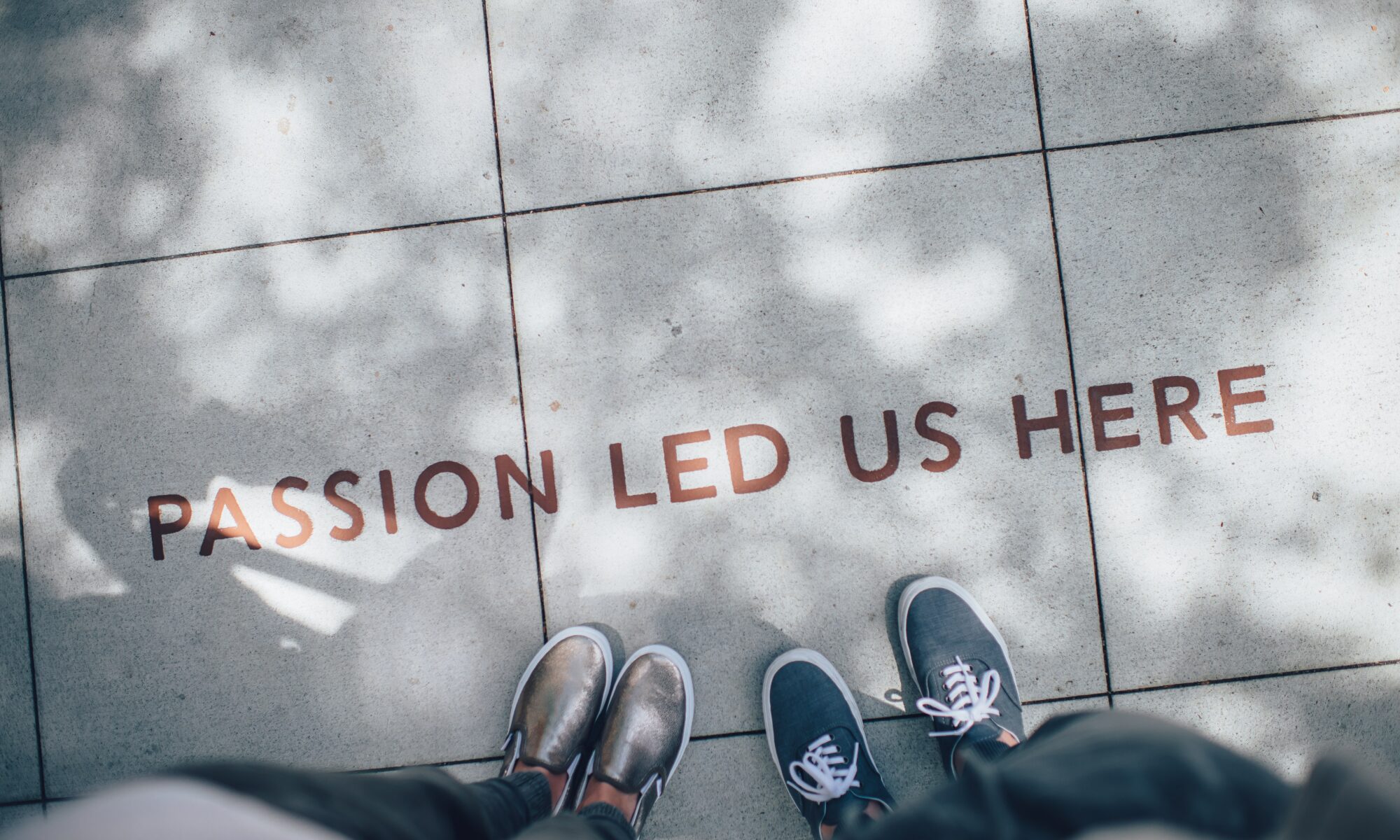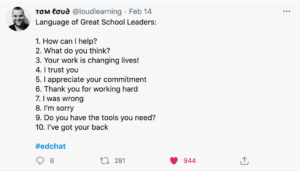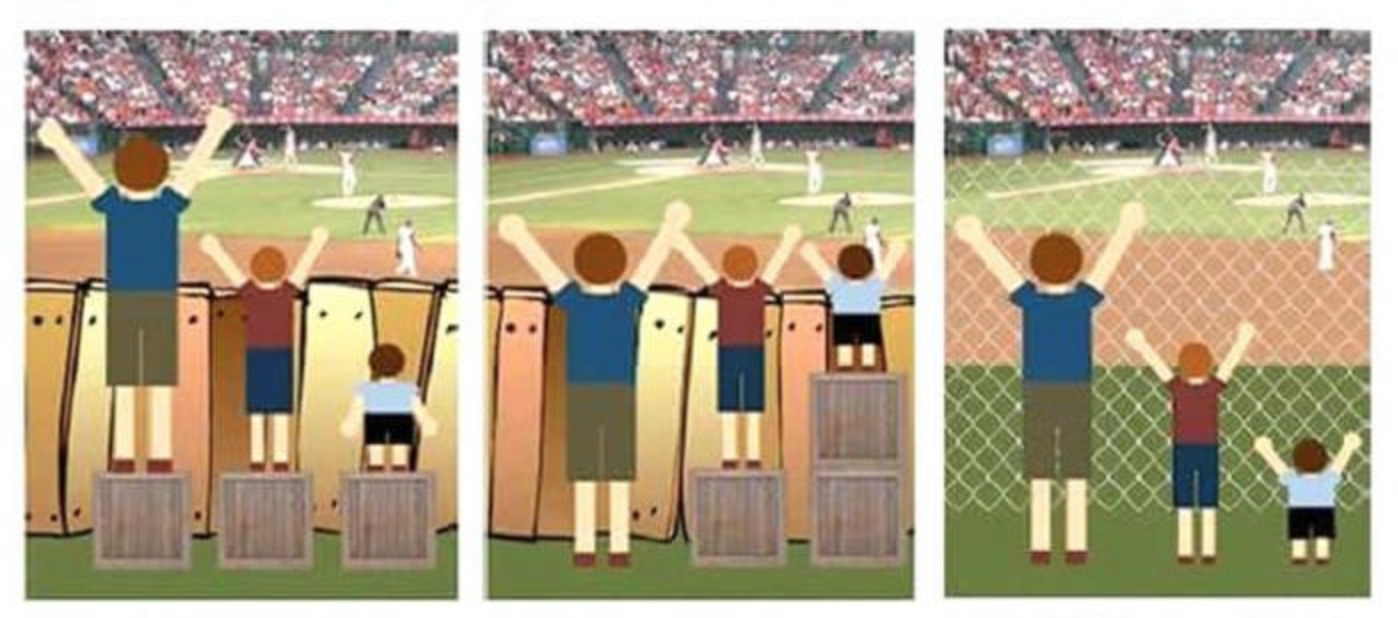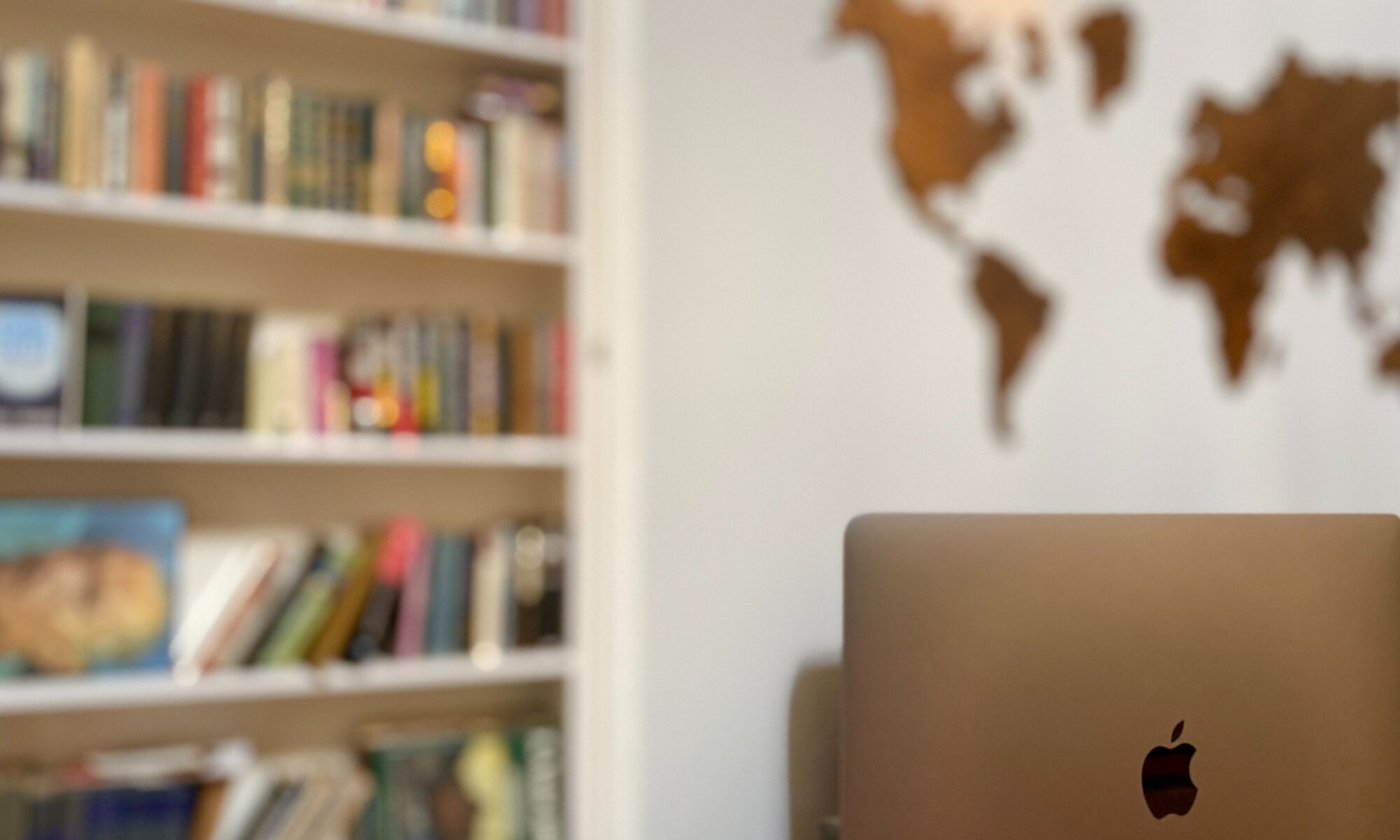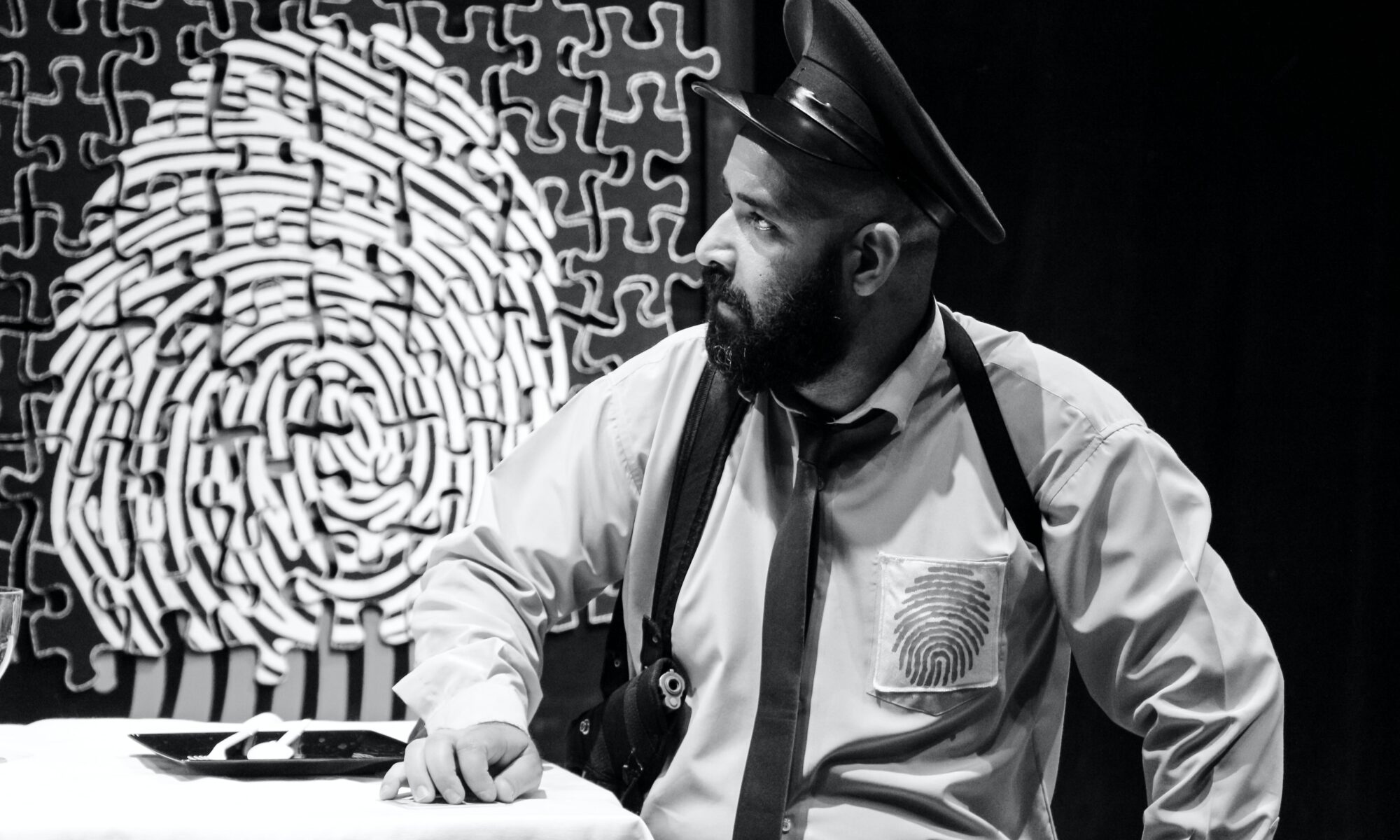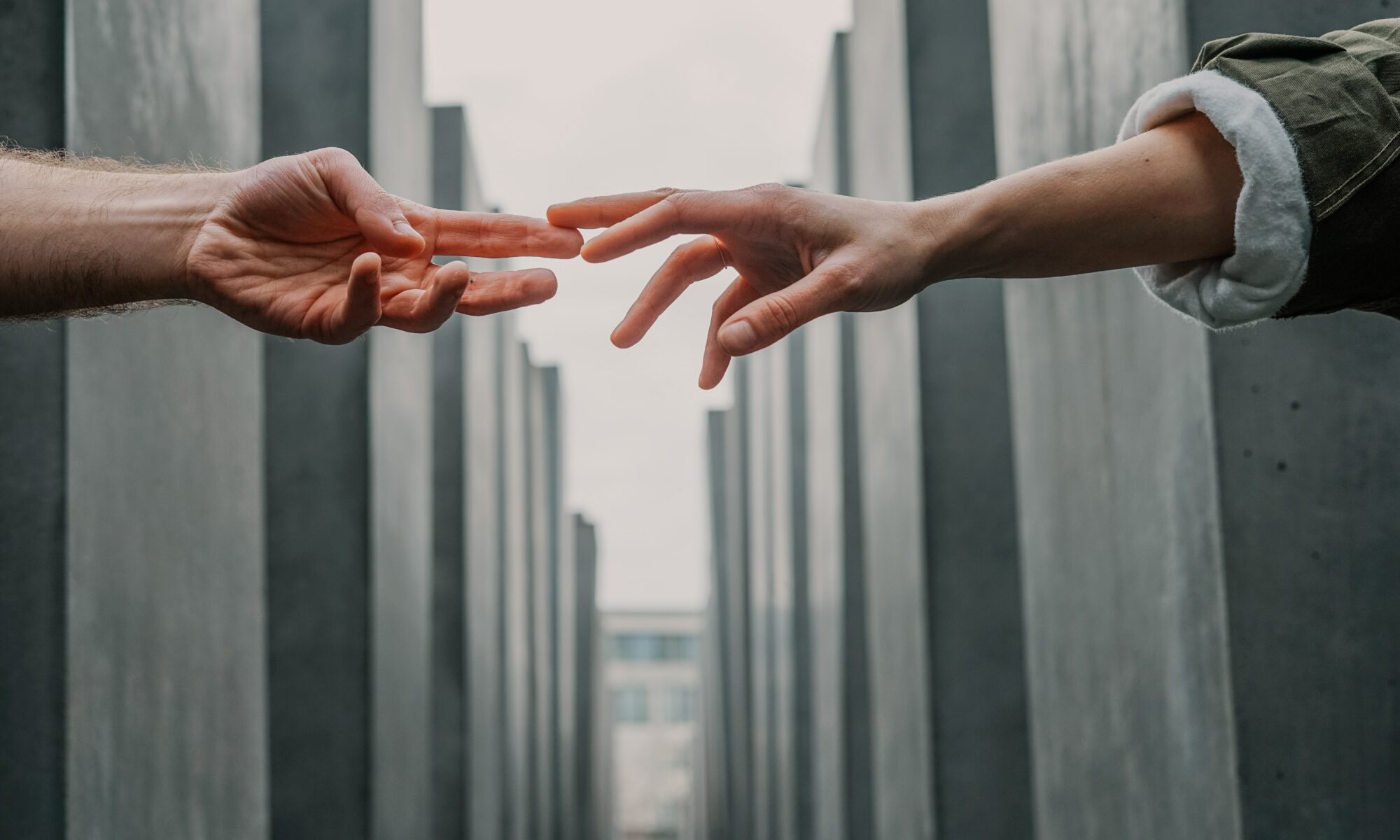This week’s blog post touches base on education and how it occurs in many environments beyond the four walls of a traditional classroom, especially with the aid of a PLN and new technologies. It speaks to a PLN’s ability to share individual and community voice, which has learners engaging in learning for their community and for themselves, thus creating an avenue for lifelong learning. Finally, it speaks to how emerging technologies, which strengthen your PLN, are being used to facilitate learning, thus empowering more voices and building connections for life. In this blog, I will speak to learners within education, as well as to my own experience as a learner, teacher and user. Bare with me because this is long, but worthy of a read.
Education is a topic that resonates deeply with me. As an educator myself, I am constantly trying to extend the learning outside the four walls of the traditional classroom. “Most learning does not take place in formal settings” (Veletsianos, 2010) since most of the context is situated outside those four walls and is now, with the addition of technology, accessible everywhere. When we separate learning from our environment/ community, we are teaching our learners that learning only happens in one space. This is detrimental to the learner because they are less likely to be able to apply the skills taught in the traditional classroom elsewhere, thus inhibiting them from becoming the contributing members of society we hope them to be. If we don’t teach in the context of community, which provides relevance in “real life” (whatever real-life means), how will learners be able to participate in that community themselves? Our goal is to develop innovative, creative humans who are empathetic and empowered to make change in our communities. Therefore, in order to create active citizens as such, we must educate them as so.
In order to best educate our learners in all spaces, it is vital that we use tools that resonate with them, that are applicable to their everyday lives and that extend their thinking, as well as their voices. Emerging technologies have irreversibly changed the balance from teacher-centered to learner-centered.( Veletsianos, 2010). Therefore, It is important to use these technologies as tools to help facilitate conversation/ co-construction, to build context and that aid in the learner becoming/being the teacher. I use tools such as a personal website, FreshGrade and Padlet in order to give a lens into the classroom and extend education from the classroom into the home/ community. Padlet allows caregivers and students to post videos. In the beginning of the year I ask families to share a bit about the student’s name origin and then to post a video of their explanation on Padlet. We share this video in class. Here, I am not teaching, the student and their caregivers are. This extends classroom learning and thinking as well as inadvertently teaches caregivers and students how to use the platform I am asking them to use. I have also used social media in a way to share what we are fundraising for in class or for what we are doing. I use it to share news articles of what is going on in our communities and bring that into the class to add context to our learning. This winter I got in contact with a member of Our Place who set up a Zoom call to inform my daughter about the vulnerable population in Victoria and what we can do to help keep that population healthy. I then used YouTube with my daughter who made a video regarding the vulnerable population in Victoria and how she was making care kits to help keep them warm. This helped empower my daughter, send her message and educate others. Mila (my daughter) acquired over 30 “we care kits” which we then donated to Our Place. Our Place then shared what Mila did on their website and then they received more than 15 more “we care kits.” From here, someone shared Mila’s message to Adam Sawatstky at CHEK5 News. He interviewed Mila and spread her word farther than we could have without having used any of the tools we did or without the help of my PLN. This is how my students, my daughter and I have used social media to educate others and how my PLN is working for my daughter and my cause even when we didn’t know it. Not only is my PLN helpful in putting mine and others’ causes out there, it is a way to engage in community. My daughter, myself and my students (in cases within the class) all got to feel like we were helping someone, we got to connect and give joy to a community they may never have had the chance to do without me reaching out through the use of technology and social communication. It also allows my students and daughter to be the teacher of their passions. When we use social media and tech tools, they learn how to share information that they are passionate about or that is relevant making them the educator. Here is the link to her video.
Mila’s Mission: https://www.youtube.com/watch?v=G9JCz94HCqc
News Clip: https://vancouverisland.ctvnews.ca/video?clipId=2105737&jwsource=cl
The way in which my PLN ( and the tools I used to build it) worked for me, reminds me of the interview with Brad Baker and how his PLN works for him. Brad’s father was a survivor of residential schools and he grew up in the North Shore in North Vancouver as a part of the Squamish Nation. Therefore, Brad has a huge connection to his community and this is something he is passionate about. He also holds a lot of knowledge from his, his father and his friends’ experience. Brad mentioned that, “healthy community is key” and that having a healthy community means “bringing understanding of my own story and of my family’s story together [so] we can become more positive contributors to society” (Baker, 2021). Baker’s “PLN is really [his] support system” and motivates and assists him in educating others. Baker uses Twitter and social media to build his PLN and open up discourse, thus teaching others and gaining further opportunity to do so. One example of this is when Baker was asked to speak on TedTalk. When I asked him (via email) how he had been given this opportunity, he mentioned that, “a few folks from West Van School had heard [him] speak somewhere else and approached [him] to be part of the series (Baker, 2021). Therefore, Baker’s passion for his community helped him to build discourse through Twitter and social media which developed his PLN and gave him the opportunity to bring awareness of his passion to others through TedTalk.
There is an important point to address here. Some voices, such as Brad’s and other people from First Nations’ cultures, as well as many other cultures, are just beginning to truly be heard. I know I learned a bit about First Nation culture in school, however, I have learned more from TikToks, Instagram posts and tweets than I ever did in school (much like Jesse points out). This has me questioning why? Brad addresses a solid point regarding how social media, “allows the indigenous voice, in regards to reconciliation, to be put out there and from an authentic source. We all know mainstream media only tells what they want to tell. [Therefore, social media allows for] “authentic voice and the real story to be told.” Social media allows you to “hear the true story first and foremost because if you are hearing it second or third hand, it generally loses its meaning at some point.”(Baker, 2021). This is a great example of why I am learning more about this topic and more. I am learning more (being taught better) because I am getting the information directly from the source, in real time and in a way that makes sense to me. I am also able to relate more to that source as I can engage with them and learn alongside them. I am being brought into a community I may not have otherwise been able to connect to without social media or a PLN.
Sharing authentic voices brings up another hot topic for me as an educator. Valuing learner voice and learner experiences. This idea has moved to the forefront of the constructivist theory: The theory that knowledge is constructed from the experiences that each individual brings to the table, as well as co-constructed through the dialogue that happens between individuals. This shift is due to extensive theory examination, as well as the ever-changing amount of technologies and online tools available. This shift may be seen as a burden to some educators as it “impacts pedagogy and teaching/learning processes” (Veletsianos, 2010). New tools and technology forces educators to re-examine how they teach and why they teach that way. It also has them having to learn new technologies on a regular basis. This learning can be incredibly time consuming and daunting when the tool you have just learned may have become outdated in the time you learned it. However, for me, it is just another great example of how adaptable we, as educators/ humans, must be in a system that is ever-evolving. “We must be willing to change our pathways on how we educate” to advocate for what is right (Baker, 2021) and for all.
As an educator I value voice and conversation as it addresses the learner as an expert in their own experience and builds avenues for learning to be reconfirmed/ reconstructed. This being said, when we offer group discussions in class, in order to provide a chance to share knowledge and co-create understanding, not every voice is always being heard. The outspoken opinionated student may take over the discussion, whereas the shy one won’t feel comfortable sharing their thinking. This is where technologies and social media are stepping in to help. From our readings, the use of Wikis are allowing spaces for collaboration where “multiple authors can edit and update the content of a document” (Veletsianos, 2010), as well as provide a place where conversations and discussions can be had through messaging. Not only do wikis allow for conversation, they allow for all voices to be heard. “The shy, quiet student is “heard” [and] the student who is always first to contribute will not receive undue attention and become frustrated for never being seen” (Veletsianos, 2010).
I experience the use of online tools in my own current education through the use of Google Docs. We have a safe place to share and edit and converse in anytime that works for us, from anywhere in the world. We can converse through messaging or notes we leave each other. We can use the edit function or suggestion function depending on how comfortable we are with our teammates. In GoogleDocs, we feel safe to share our voices. We feel “heard” and valued because we can collaborate in our time in our own way and not be “overrun” by someone else. We also build connections (our PLN) for life in these interactions. I have met many people I continue to work with today within these types of learning spaces from both my personal and online courses at UVic. The best part is, we continue to use these types of and spaces and to communicate and collaborate together.
Not only have I used these spaces in my personal life, I have used them in my teaching. I have used systems such as “polleverywhere” to give anonymity to students when they answer questions which allows them to confidently answer with no fear of being wrong in real-time. I have also used GoogleClassrooms so that learners can share ideas and their voices much as I have in my studies. In Kindergarten, these tools are more difficult to use as I have to explicitly instruct my students how to use the technology before we begin. That being said and as mentioned above, I use FreshGrade to help learners share their voices and knowledge with caregivers and other students and I use Padlet to allow learners and their caregivers to share with the class. Unfortunately, there are some challenges with these such as; photo release and caregiver permission of these tools being used. I try to combat these by educating caregivers that there are tools that exist which I can use to blur out faces thus protecting their child’s privacy and still allowing them to participate in online communications/sharing with me. I try and use as many tools as I can for my learners so that they can use those same tools properly within their learning, in all contexts. Since learning happens everywhere, we need to educate our learners how to use the tools available in a way that enhances their learning and their voice which in turn empowers them. This means being educated about them myself. Although it can be daunting and terrifying as a teacher to constantly be learning new tech and new safety precautions, it is life. Our learners are constantly changing what they are using, so should we.
Today, I see so many youth taking selfies and using these tools as a way to show the world what they think they should be. This is unfortunately doing the opposite of empowering and emphasizing voice and authenticity. It is not allowing one to express themselves or what they are passionate about. If they can’t be authentic and passionate about what they want, how can they engage in and make change for anything? I think that as an educator if I can explicitly teach how to use these tools and technologies for the purposes of being authentic, educating/learning and with the purpose of instigating change, my learners will want to use them in this way and feel better for it. I feel the same way about my children. How much better would it feel to create change, stand up for each other, and to support your community and culture, than trying to change yourself to fit into the preconceived ideals of the world? Brad says it right when he says we “need to be vulnerable because that is true growth” (Baker, 2021). Not only does being vulnerable allow for growth, it allows us to express who we truly are and what we truly believe so that our voices are heard, thus supported. We are a huge community in where we ought to all be included and be able to engage as who we are with what we believe in. “Chenchenstway- we are in this together” (Baker, 2010), so let’s act like we are. Let’s use social spaces and technologies in a way that supports individuals and instills change, growth, and empowerment within our communities, for all. Let’s use these spaces, the ones that amplify conversation and collaboration and use technology, to allow all voices to be heard and facilitate conversations and support systems that can support life long connections and learning. Let’s teach our children that they can use these tools to be who they are, gain support from others, and to spread their own voices to make change. I want that for my own kids and I want it for yours too.
Here are my main takeaways from this week of how a PLN can support education.
- Education happens everywhere all the time- at home, at school, on a coffee date, when you volunteer, when you chat with your parents and when you are in nature exploring. Learning is happening everywhere from everyone even when you don’t notice it happening.
- Education and learning is enhanced through social communication and online tools. These tools can amplify your voice (if you are quiet they provide opportunities for your voice to be heard), they can connect you to your community, thus creating meaning and empowerment, and they can extend your voice to places that it may have never reached.
- Social media and your PLN support or challenge your voice/purpose/passion. Therefore, they provide insight and avenues for change in your thinking.
- When you have a robust PLN, it will support you when you don’t even know it and provide strength and distance to your voice and passion.
- Everyone is a teacher, or has the ability to be one. If you have a passion/skill/problem that needs solving, use social media and technology to educate yourself on it, build a community around it (PLN), and make changes for that community.
- Be perfectly YOUnique. You are enough and what you believe matters. Share your voice.
Citation:
Miller, Jesse. “EDCI 338 – BRAD BAKER.” YouTube, uploaded by MILLER, 04 Mar. 2021, https://www.youtube.com/watch?v=dy63SmEpvCw.
Emerging Technologies in Distance Education, by George Veletsianos, AU Press, 2010, pp. 128–138.
Emerging Technologies in Distance Education, by George Veletsianos, AU Press, 2010, pp. 153–173.
Baker, Brad. (2021). Communications via-email.
